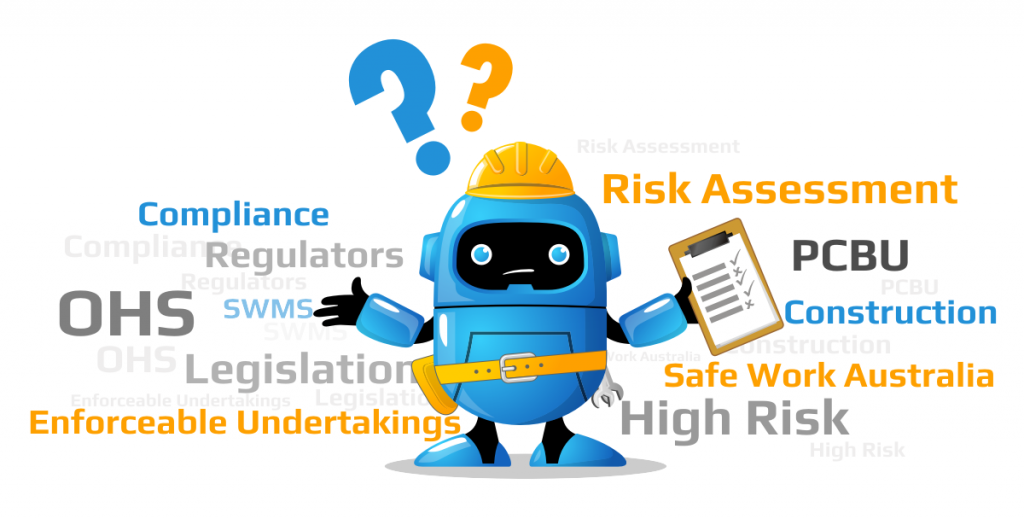High Risk Construction Work
Not all building projects require a hazard risk analysis. In fact according to Safe Work Australia, construction activities must equal or exceed a cost of $250 000 to be legally defined as a construction project. Nonetheless any worksite that involves a specific type of high risk construction work must comply with OHS legislation Australia, or more specifically the Work Health and Safety Act. This means risk assessments.
OHS Legislation Australia
This legislation can be difficult to understand, with a range of varying regulators and government bodies having their own requirements for the completion of a construction method statement. Nonetheless the risks in construction remain the same no matter where the work is being undertaken. Safe Work Australia’s codes of practice outlines various types of high risk construction work and the methods of risk identification.

Safe Operating Procedures
Safe Work Australia’s codes of practice outline what the PCBU (persons conducting a business or undertaking) is required to do in order to conduct safe operating procedures regardless of the nature of the construction work. Under national work health and safety regulation 297, the PCBU is required to:
• Identify possible hazards that, within reason, could increase risk
• Eliminate the risk to the extent that is possible
• If total elimination is not possible, then minimise the risk through the implementation of control measures
• Maintain control measures through continued reviews and revision so far as it is possible, to ensure the worksite remains compliant with WHS regulations
Enforcement Options
Safe Work Australia has compiled a list of the required licenses workers must attain before undertaking any of these high risk jobs. Without doing so both the worker and the PCBU risk punitive measures from the related regulator.
Completing the required paperwork and attaining the appropriate licenses is vital to ensuring your business does not feel sting of the regulators. Safe Work Australia provides the model of regulation and codes of practice that form the basis of safe work method statements (SWMS) however it is not a regulator itself. Each state has it’s own government regulator but because they’re based on the same framework established under Safe work Australia, their powers and responsibilities are somewhat similar. For example, unlike many other states, there is no Work Safe QLD but instead Workplace Health and Safety Queensland (WHSQ) is the central regulatory authority. WHSQ’s role includes licensing and registrations, industry consultation, reviewing relevant laws as well as the enforcement of a hazard and risk management procedure in the workplace. Their compliance and enforcement options are broad and include:
• Workplace inspections and compliance requests
• A variety of notices including prohibition, improvement, non-disturbance, electrical safety protection and unsafe equipment
• On the spot fines ranging from $600 000/five years jail for PCBUs who have committed category one breaches (risk of serious injury or death) to $100 000 for category three breaches (failure to comply with notices)
• Seizure of equipment of substances
• Suspension or cancellation of license or accreditation
• Enforceable undertakings (legally binding agreements)
To reiterate: each state or jurisdiction has different regulators but the above enforcement options available to WHSQ are commonplace in other regulatory authorities. For more information Safe Work Australia has developed a thorough code of practice that systematically explains the WHS regulations.

